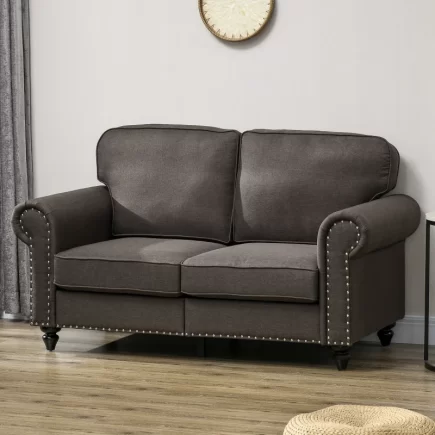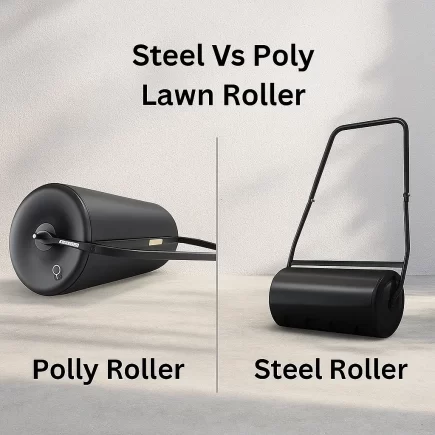Protecting your outdoor space from unwelcome guests can sometimes mean dealing with more than just the weather. Birds often find awnings to be the ideal spot for perching, nesting, or sheltering, resulting in noise, droppings, and potential damage. These persistent visitors can quickly turn your stylish and functional awning into a problem area.

The good news? There are effective, humane methods to keep birds at bay, ensuring your awning stays clean, intact, and a source of pride. This guide walks you through actionable strategies to bird-proof your awnings, helping you maintain the comfort and appeal of your outdoor setup.
Proven Solutions to Keep Birds Away from Awnings
1. Bird Spikes for Prevention
Bird spikes are one of the most reliable methods for keeping birds off awning edges and surfaces. These devices consist of rows of tightly packed spikes that create an uneven landing surface.
Pros:
- Easy to install.
- Non-harmful to birds.
- Durable in a variety of weather conditions.
Installation Guidelines:
- Clean the surface thoroughly to remove dirt and bird droppings.
- Apply an adhesive or screw down the spikes along the edges of the awning.
- Ensure there are no gaps where birds might still land.
Cost Effectiveness:
| Material Type | Durability |
| Plastic Spikes | Moderate, UV-treated options last longer |
| Stainless Steel | Highly durable, rust-resistant |

2. Reflective Deterrents
Birds are naturally distrustful of shiny, reflective objects. Wrapping reflective tape or hanging items like old CDs next to your awning can discourage birds from approaching.
How Reflective Deterrents Work:
- Reflects sunlight, creating sudden flashes that scare birds.
- The constant movement of reflective objects adds an unpredictable element that birds dislike.
Effective Set-Up Tips:
- Suspend reflective materials a few inches away from the awning using twine.
- Position deterrents at varying heights for better coverage.
- Replace objects annually to maintain effectiveness.
Benefits:
- Safe for both birds and your awning material.
- Invisible protection perfect for maintaining aesthetic appeal.
Application Process:
- Start with a clean awning surface.
- Use a caulking gun to apply small, even strips of gel along problem areas.
- Reapply as needed, especially during rainy months.
| Weather Impact on Gels | Reapplication Frequency |
| Light Rain | Every 1-2 months |
| Heavy Rain/High Sunlight | Every month |

3. Ultrasonic Devices
These devices emit high-frequency sounds that are unpleasant to birds but silent to humans. They are particularly effective for deterring stubborn bird species.
Choosing the Right Ultrasonic Device:
| Feature | Recommendation |
| Frequency Adjustability | Look for models with multiple frequency settings. |
| Power Source | Consider solar-powered devices for energy savings. |
Placement:
- Mount the device near the center of the awning to cover a wide area.
- Adjust angles to minimize overlap if using multiple devices.
4. Bird Netting
To physically block access, bird netting is an excellent choice, especially for persistent cases where other deterrents have failed.
Key Features to Depict Effectiveness:
- Material: Choose UV-resistant polyethylene for durability.
- Mesh Size: Smaller mesh sizes (around 19mm) prevent access even for smaller birds.
Installation Tips:
- Secure net edges tightly to prevent sagging.
- Ensure the net does not interfere with retractable awning mechanisms.
| Mesh Size | Recommended For |
| 19-25mm | Urban residential awnings. |
| 25-50mm | Commercial storefronts. |
5. Predator Decoys
Placing realistic predator figurers, such as owls or hawks, near the awning can help deter smaller birds.
Maximizing Effectiveness:
- Choose decoys with wind-activated movement for lifelike motion.
- Frequently change their placement to avoid birds recognizing them as fake.
6. Wind Chimes and Natural Sounds
The subtle movements and sounds produced by wind chimes can effectively discourage birds. Choose chimes with irregular tones for added variability.
Other Sound-Based Deterrents:
- Audio tracks mimicking predator calls are an innovative alternative for specific bird species.
7. Motion-Activated Deterrents
Motion-activated sprinklers or lights can startle birds without causing harm, keeping them from returning.
Setup Guidance:
- Install sprinklers near awning edges.
- Adjust sensitivity to avoid false triggering by tree branches or passing vehicles.
Best for Large Open Areas:
- Storefronts or sprawling backyard awning settings benefit most due to broader fields of motion.

8. Seasonal Assessment
Bird behaviors change throughout the year:
- Spring brings nesting behaviors.
- Fall comes with pre-migration gatherings.
Perform inspections every season and adapt strategies accordingly for year-round success.
| Season | Issue Focus | Recommended Action |
| Spring | Nesting Behavior | Install bird netting. |
| Summer | Droppings from Perching Birds | Apply bird gel or set spikes. |
| Fall & Winter | Gathering Birds (Migration Staging) | Use reflective deterrents. |
Keeping birds out of awnings isn’t just about managing nuisances; it ensures longer awning life and pristine outdoor spaces. From bird spikes to ultrasonic devices, there’s a solution for every situation. Explore Aosom’s diverse line of Awnings designed for durability and long-lasting appeal. Combine them with the right deterrent strategies to create a bird-free outdoor haven today.
By implementing these tips and solutions, you can enjoy the stylish convenience of your awning without worrying about feathered intruders.
FAQs
1. How do I keep birds from building nests in my retractable awning?
To prevent birds from nesting in your retractable awning, install bird netting around the awning to block access. You can also use wire or mesh to cover potential nesting areas. Make sure everything is tightly secured to keep birds out and protect your awning.
2. Do wind chimes help keep birds away from awnings?
Wind chimes may offer a short-term solution for keeping birds away from awnings due to their noise and movement. However, birds often become used to them, especially if your awning area has food or shelter. For better protection, consider combining wind chimes with visual deterrents around your awning.
3. What sounds do birds hate that can help protect my awning?
High-frequency or ultrasonic sounds are among the most effective at deterring birds from areas like awnings. Pairing these sounds with visual deterrents, such as owl statues or reflective materials, can make your awning area much less appealing to birds.

























